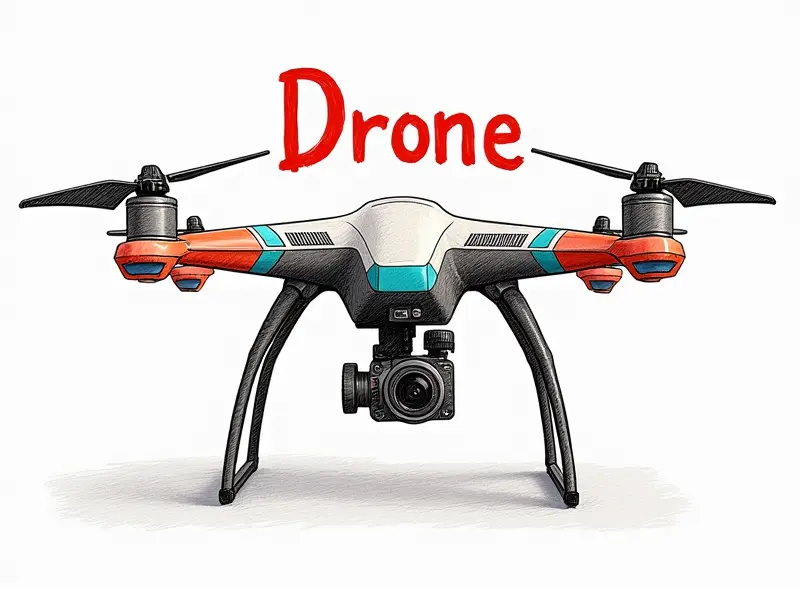Are brushless motors waterproof?

In the world of power tools, robotics, and electric vehicles, brushless motors have become a staple due to their efficiency and reliability. However, one question often arises among users: are brushless motors waterproof? This article delves into whether these motors can handle water exposure, how they can be waterproofed, tested for resistance, sealed properly, and ultimately protected from damage.
Can Brushless Motors Handle Water Exposure?
The performance of a brushless motor under wet conditions depends largely on its design and manufacturing standards. Many brushless motors are designed with specific environments in mind, but they typically lack inherent waterproofing unless explicitly stated by the manufacturer. This means that without proper sealing or protective measures, water exposure can lead to corrosion, electrical malfunctions, and even complete failure.
Waterproofing Brushless Motors Explained
To enhance a brushless motor's ability to withstand water, several methods are employed:
- O-Rings and Seals: These mechanical barriers prevent water from entering the motor housing. High-quality O-rings can be placed at critical junctions like shaft seals.
- Encapsulating Resins: Applying a protective coating over electronic components offers additional insulation against moisture.
- Potting Compounds: Potting the motor with epoxy or silicone resins ensures that internal parts are shielded from water and humidity.
Testing Brushless Motors' Resistance to Water
The durability of a brushless motor in wet conditions can be tested through various methods:
- Dunk Test: Immersing the motor in water for extended periods helps assess its waterproof capabilities.
- Pressure Vessel Testing: Using pressurized water simulates real-world scenarios where water pressure might be a factor, such as underwater use.
- Ingress Protection (IP) Ratings: These ratings indicate the level of protection against solid objects and liquids. A higher IP rating signifies better waterproofing.
Sealing Brushless Motors for Wet Conditions
To ensure brushless motors can operate safely in wet environments, proper sealing is crucial:
- Select the Right Seals: Choose high-quality seals that are compatible with your motor's materials and operating conditions.
- Proper Installation: Ensure all seals are correctly installed without gaps or misalignments.
- Maintain Regular Checks: Periodic inspections can catch any signs of wear or damage to the sealing components early on.
Ensuring Brushless Motors Stay Dry and Safe
Maintaining dry conditions around brushless motors is essential for their longevity. Here are some tips:
- Avoid Direct Exposure: Keep the motor away from splashing water or rain.
- Dry Storage: Store motors in a dry, clean environment when not in use.
- Use Protective Covers: For outdoor applications, consider using waterproof covers to shield the motor from moisture.
Is Your Brushless Motor Ready for Rain?
To determine if your brushless motor is prepared for wet conditions, check its documentation or consult with a professional. If it lacks proper waterproofing features, retrofitting may be necessary:
- Evaluate Current Sealing: Assess the current sealing mechanisms and identify any weaknesses.
- Add Protective Coatings: Apply additional protective layers if needed to enhance water resistance.
- Test Thoroughly: Conduct thorough testing before deploying in wet environments to ensure reliability.
Protecting Brushless Motors from Water Damage
Maintaining the integrity of brushless motors when exposed to water involves several strategies:
- Use Waterproof Adhesives: Seal critical areas with waterproof adhesives to prevent moisture ingress.
- Implement Drainage Solutions: Design motor housings with proper drainage channels to facilitate water expulsion.
- Select Durable Materials: Opt for materials that resist corrosion and degradation in wet environments.
Waterproof Solutions for Brushless RC Motors
Brushless motors used in radio-controlled (RC) vehicles face unique challenges due to their mobile nature. Specialized waterproofing techniques are essential:
- Custom Sealing: Tailor sealing solutions to fit the specific design of RC motor housings.
- Waterproof Enclosures: Use enclosures designed specifically for RC applications that provide comprehensive protection.
- IPX7/IPX8 Rated Components: Incorporate components with high IP ratings to ensure maximum water resistance.
Durability of Brushless Motors in Water
The durability of brushless motors under water is influenced by their construction and maintenance practices. Key factors include:
- Material Quality: High-grade materials resist corrosion better than lower quality alternatives.
- Maintenance Schedule: Regular cleaning, inspection, and replacement of seals can prolong motor life.
- Operational Conditions: Understanding the specific environmental conditions helps in selecting appropriate waterproofing measures.
Sealing Brushless Motors for Outdoor Use
For outdoor applications where brushless motors are exposed to rain, snow, or other elements, sealing is paramount:
- Select the Right Environment: Choose locations that minimize exposure to water and humidity.
- Use Weatherproof Enclosures: Install enclosures designed for outdoor use with robust seals and drainage systems.
- Maintain Regular Inspections: Regularly check the integrity of seals and address any issues promptly to prevent damage.
Conclusion
In summary, brushless motors are not inherently waterproof but can be made water-resistant through proper sealing techniques and protective measures. Understanding your motor's specific needs and testing its waterproofing capabilities is crucial for ensuring reliable performance in wet conditions. By implementing the right strategies and materials, you can extend the lifespan of your brushless motors and maintain their efficiency even when faced with challenging environmental factors.

